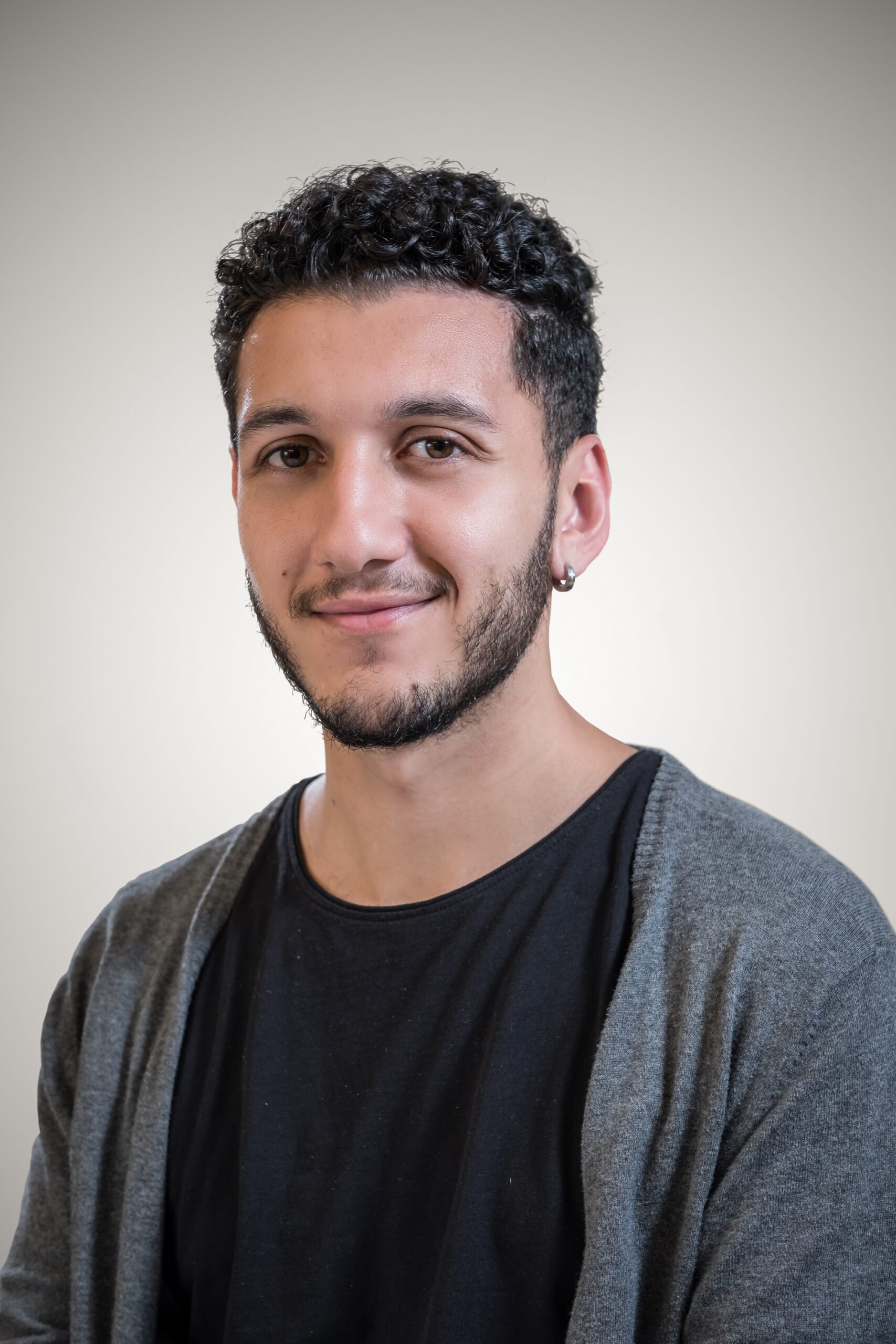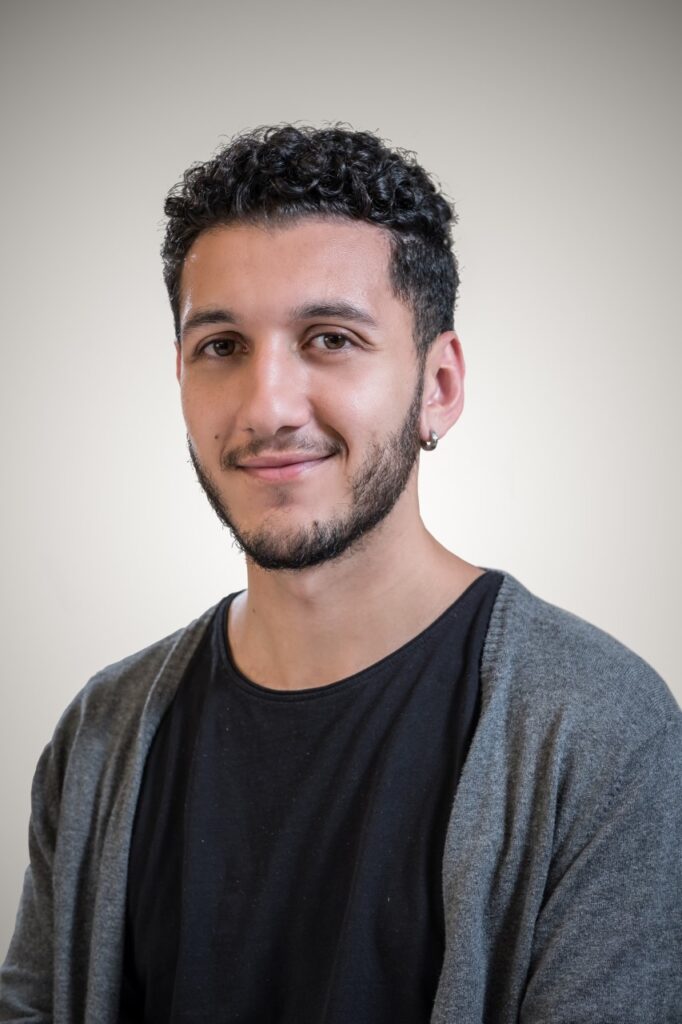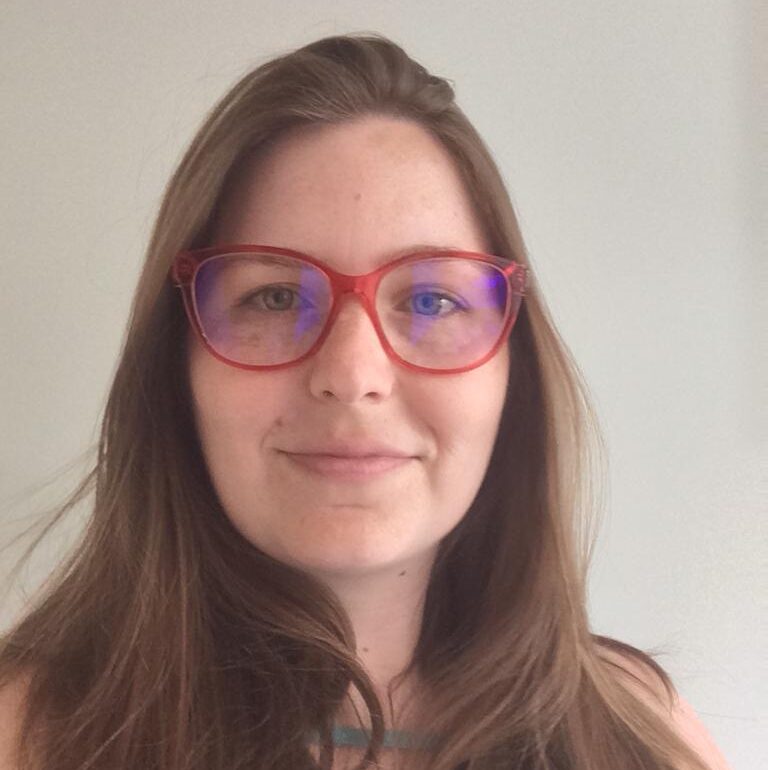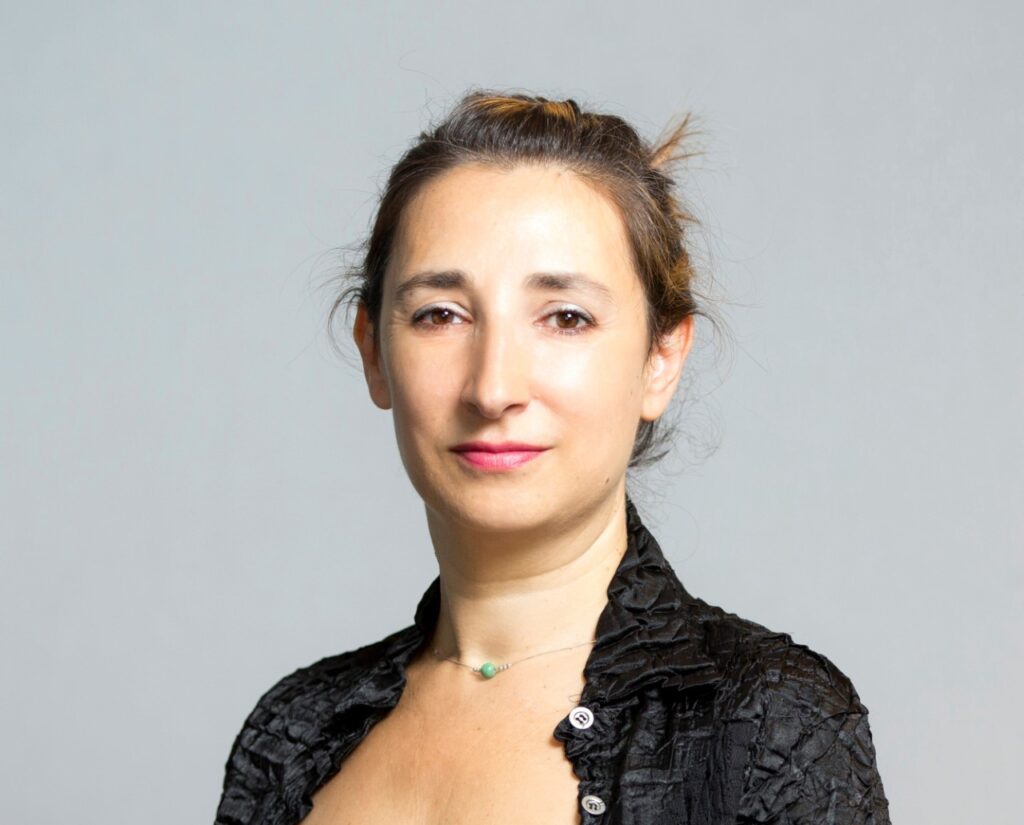
Luiz Lendengues is one of our Language Specialists and currently works full-time at TextTrans, performing translation, review, and quality assurance. He holds a Bachelor’s degree in Translation from the Federal University of Rio Grande do Sul in Brazil, having specialized in narrative studies and the relationship between narratology (the study of narrative structure) and translation. He started working in the localization industry in 2016 and has gained vast experience since then, especially with marketing, information technology, and medical content.
He is one of the main translators in charge of our localization gaming projects, and we have prepared a small interview where he tells us about his career and experience, as well as crucial steps and processes for the gaming industry.
How did you start your path in the localization industry?
Initially, when I was still an undergraduate at university, I used to translate and review small texts, such as abstracts and quick bios for academic papers published by a monthly journal called Brazilian Journal on Presence Studies. With time, I started taking on higher-visibility projects, such as scientific articles, and eventually started working a full-time job at a localization company in Porto Alegre, Brazil, where I currently live.
Can you tell us more about your role and objectives at TextTrans? What are your main duties and responsibilities?
My main roles at TextTrans are to review and quality-assure the translations done by our team of specialized translators. This includes ensuring consistency, accuracy, and compliance with client requirements. I also translate content on occasion, and I’m in charge of creating internal glossaries, replying to and implementing client feedback, as well as helping our project managers with any language-related queries.

What do you like the most about working at TextTrans?
Not only do I have a great team of co-workers who are always willing to help, but I also really enjoy the flexibility in my daily job. As a remote worker, I can adjust my schedule whenever I need to go to a doctor’s appointment, for instance, while also meeting our client’s deadlines. This reflects TextTrans’ views on a healthy work-life balance.
Can you tell us more about game translation and localization?
Game localization involves not only translating but also adapting the contents of a game to a target audience and country. You have to know the ins and outs of their culture—slang, historical facts, sensitive topics, etc.—to ensure players have a deeper and more meaningful connection with the game they’re playing while also having fun. For anyone that wants to understand the process of game localization, I’d suggest reading this blog post.
What are the top skills a game localizer needs?
Because many games are set in a unique world that is not necessarily an accurate depiction of reality, you have to get creative when localizing games, as you may find new words and concepts that need to be fully understood in order to provide translations in the best possible way. Role-playing games are known for being very complex and rich in lore, so if that’s the kind of game you’re localizing, playing around with your imagination and tapping into your ingenuity will definitely be helpful. In case you’re dealing with subtitles or on-screen text—like quick tips and dialogs—there’s also a chance that you may have to condense long sentences into simpler text that is easier to read. For this, exercising your summarizing skills is also recommended.
What steps would you say are essential when translating games and what things do you consider fundamental?
Checking the client-provided materials is a basic step in this process, as it helps you to identify and meet the client’s expectations, as well as to be aware of the tone/register you’ll need to use when producing content in your target language. Ensuring consistency is a requirement in any localization project, so that’s another step. Other than that, I’d say you need to get familiar with how the game itself works and how its different elements are connected to anticipate any challenges you might face during the actual translation process. As always, conducting a final QA step is key to providing a high-quality localization.
How do you prepare for a gaming translation?
Preparing to localize a video game is not much different from the work that goes into preparing for other types of localization projects. It usually starts with getting familiar with the materials provided by the client, if any, understanding the client’s expectations, and doing some research on the game at hand or the studio that developed it. However, it does help if you have access to a demo so that you can experience the game for yourself prior to localizing it.
What CAT tools or other software should a video game translator master?
Most video games are localized using the major CAT tools that are available on the market and that translators are already used to, such as Trados Studio and memoQ. You may come across some projects that require working online, though, especially if the testing team is still making changes to the game content, so mastering online tools is also important. Smartcat and Crowdin are a few examples. In addition, it’s advisable to familiarize yourself with subtitling software as well, such as SubtitleEdit, because many games today have extensive dialogues and cutscenes, and sometimes you have to fit several lines into the screen.

Can you give us examples of challenges you have faced working in this industry? Tell us an example.
Just last month, I reviewed a subtitling project for a leading game developer and publisher where there were many different speakers all talking at the same time in a scene. This proved to be quite a challenge, as the subtitles had to be concise due to spacing limitations and convey the meaning of every utterance. On this occasion, I had to omit parts of the original content, which was not an easy decision to make (and could lead to issues if done carelessly), but in the end, it was the only possible solution.
Are there any ethical dilemmas when translating in this industry?
It really depends on the language you’re translating to and the country where the localized version of the game will be published. As a rule, it is important to be aware of the state of the world and to always be respectful of different cultures. In more conservative countries, for example, swear words are still taboo and frowned upon, even in informal contexts, so translating them while also maintaining the same tone can be a problem if the game you’re localizing includes that kind of content.
Do you consider yourself a gamer? Can you tell us some of your favorite games?
I enjoy playing video games during my free time. They can be quite engaging and are great for bonding with other people, either online or locally. Some of my favorite titles are Outlast, The Last of Us (Parts I and II), the Resident Evil franchise, and Dragon Age: Inquisition.
What is your vision for the future of the gaming industry localization worldwide? And for Brazil?
Based on recent reports and surveys, the gaming localization market is evidently on the rise and will continue to expand around the world and in Brazil specifically. Our country is one of the biggest consumers of video and mobile games, so there will probably be many opportunities to explore this industry. Brazilian Portuguese is already considered one of the top in-demand target languages for the gaming sector, and this means we can expect more developers and publishers to invest in the localization of their games into the language.
Can you give us some advice for aspiring gaming linguists?
The best advice I can give is this: play as many games as you can, from different genres and for different platforms, both the original and the localized version, if available. It’s also helpful to watch videos and read articles that detail how a specific game was developed because then you’ll have a better understanding of the mechanics of video games. This will also help you improve your gaming vocabulary, which can be really useful as you take on a localization project.

Luiz Lendengues
Language Specialist
TextTrans



